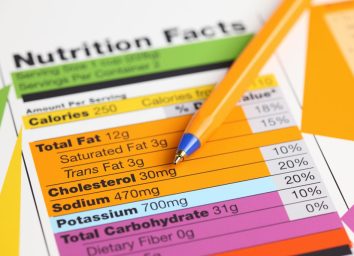The Surprising Truth Behind These 22 'Healthyish' Food Claims

Ever feel like you need to bring an interpreter with you to the grocery store to translate the phrases plastered on both packaged and fresh foods? Don't feel bad—food manufacturers are known for using misleading labels that allude to a food having redemptive benefits when the opposite is true.
Consumers—probably including you!—are sick of being tricked and have increasingly shown that they care about what they're putting in their bodies. According to research on packaging and consumer behavior in 2020, "38% of consumers are willing to purchase a newly launched product with clear product information."
But that clarity isn't easy to come by. The Food and Drug Administration is constantly looking for ways to regulate the claims food manufacturers make on their packaging, but it's still up to you to understand the real meaning behind various food terms. Consider this your cheat sheet. Read on, and for more on healthy eating, don't miss 7 Healthiest Foods to Eat Right Now.
Grass-Fed

Grass-fed is one of those terms that's hard to pin down. Although children's books suggest all cows graze on grass, that's not the case in modern agriculture. Usually, cows are kept in cages, fed a grain-based diet of corn and soy, and are injected with growth hormones, steroids, and antibiotics. The result is a cut of beef (or milk) that is high in inflammatory saturated fats.
Meat from cows that are grass-fed are naturally leaner (less fat per gram), have fewer calories than conventional meat, contain higher levels of heart-healthy omega-3 fatty acids and two to five times more conjugated linoleic acid (a type of fatty acid linked to a variety of health benefits). One thing to be aware of: the label grass-fed doesn't necessarily mean the cow spent its entire life grazing outside; It could mean the cow was kept confined indoors, but given a grass diet.
And organic meat isn't necessarily grass-fed. Beef from cows fed a certain percentage of grass supplemented with organic grains can still be certified organic. If you want the 100% grass-fed stuff, look for reliable standards like AGA's Certified American Grassfed or PCO 100% Grassfed.
Want to know if the higher cost of grass-fed is worth it? Read this.
Grass-Finished
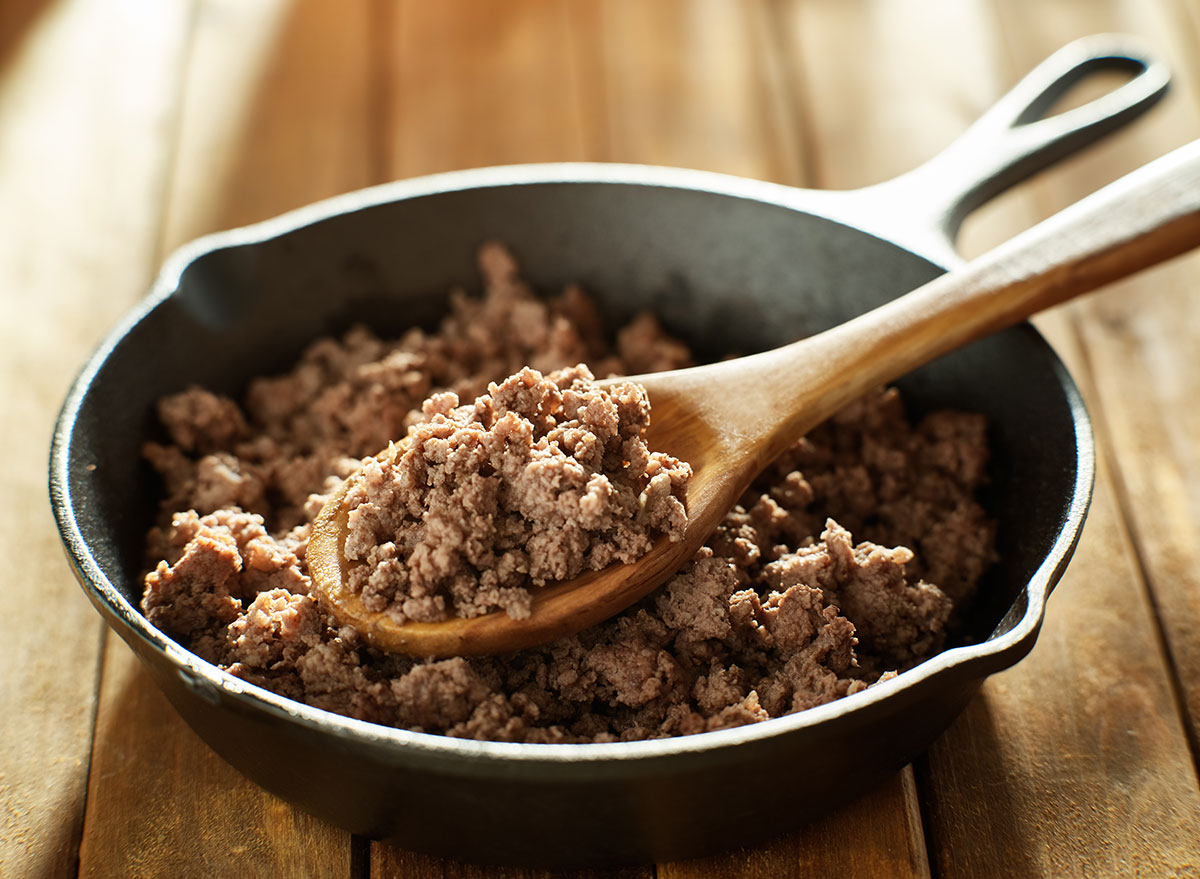
"Grass-fed" is no longer regulated by the FDA, which means cattle could be given a grass diet at some point in their lives, but not for their entire life. But when you see "grass-finished" and "grass-fed" together on a label, that means the animal was given a grass diet for its whole lifespan.
Wild-Harvested/Wild-Crafted

This romantic-sounding term means that a plant (or part of a plant) is foraged from areas of land or water that are in their natural state, not a cultivated farm—think mushrooms, herbs, blueberries, for example. Since they are grown without pesticides or chemicals, wild-harvested ingredients are healthier for the environment—and you. And when it comes to harvesting wild plants, the USDA has in-depth policy in place.
Wild-Caught
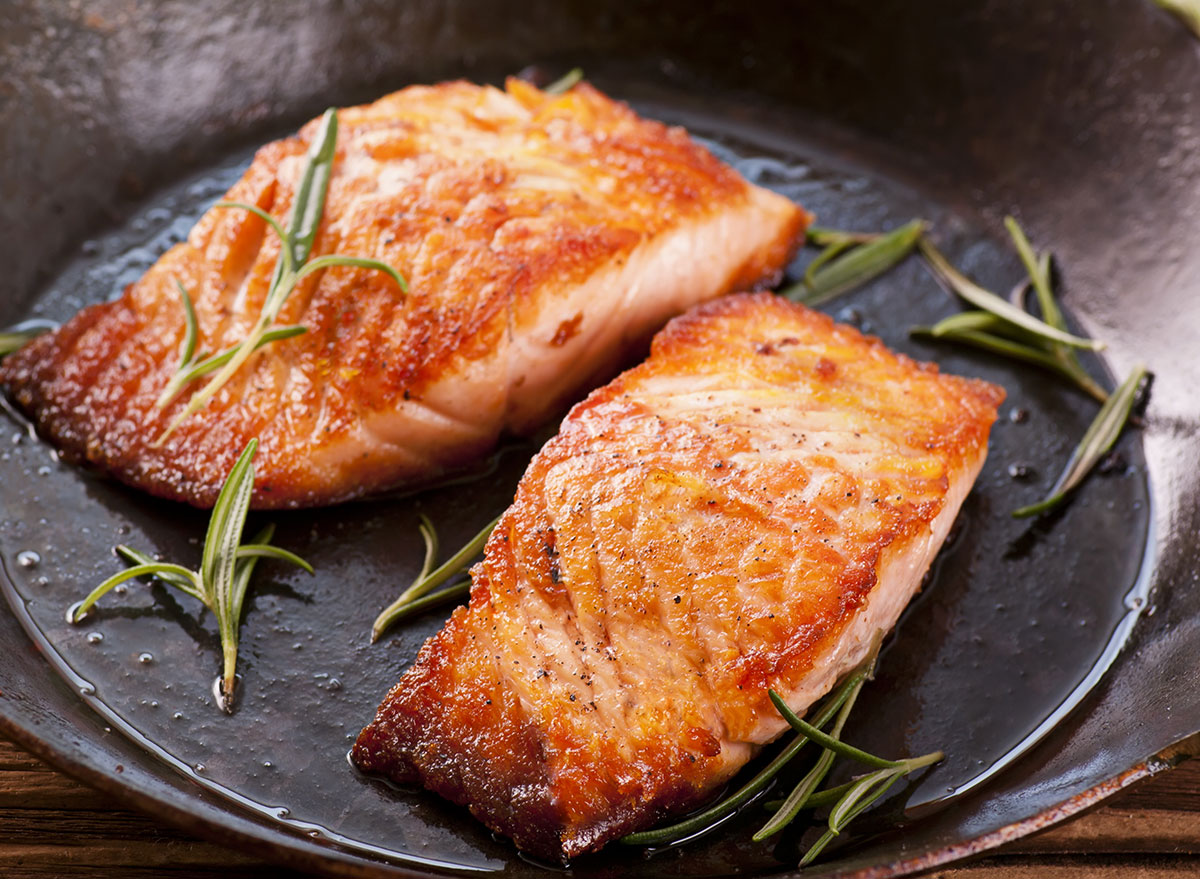
Usually pertaining to fish, "wild-caught" is pretty self-explanatory: fish that is caught in its natural habitat. Wild-caught are usually the healthier option because they've eaten the diverse fresh diet (containing more vitamins and minerals) they were meant to consume, in the habitat they were meant to live in. And because they need to swim distances, they tend to be leaner.
Farm-Raised
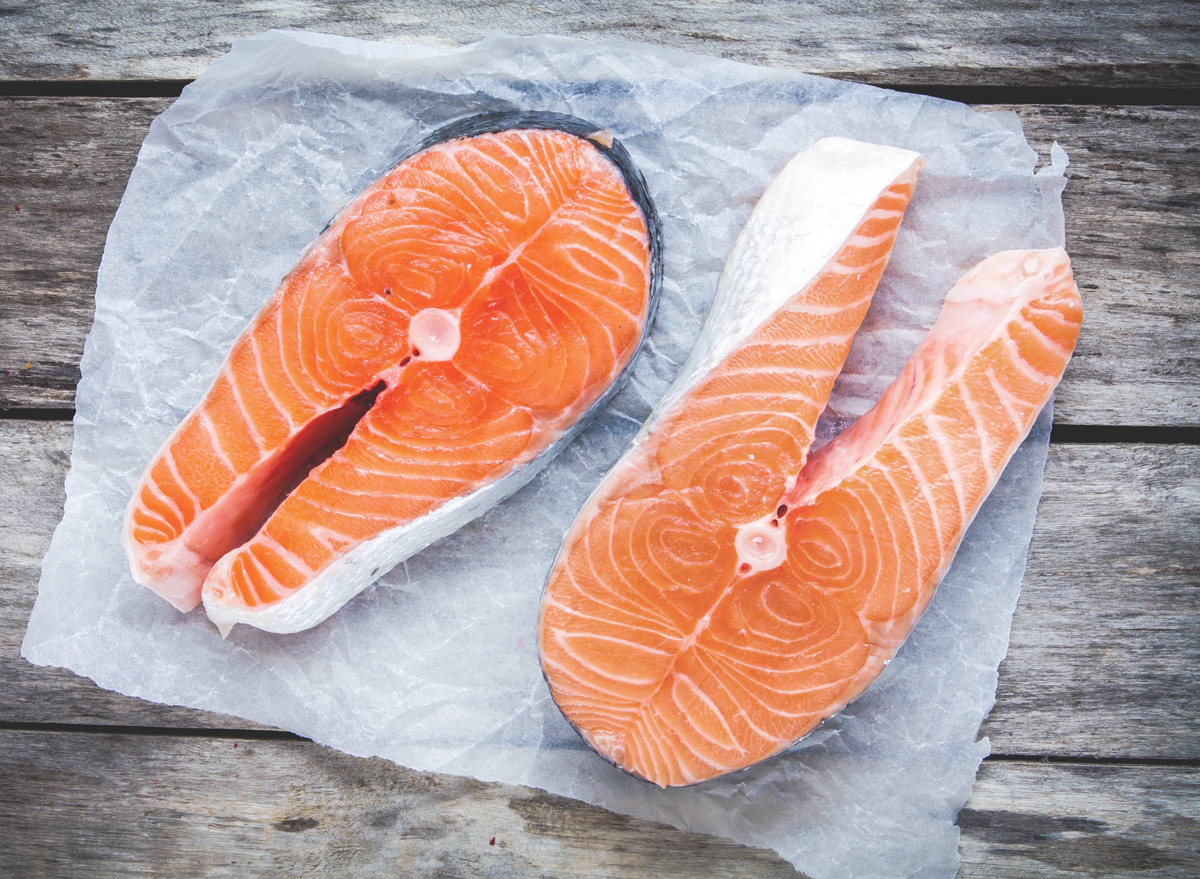
The opposite of wild-caught, farm-raised means the animal (usually fish) is "hatched, raised, and harvested in a controlled environment." In a farmed environment, fish are usually fed a grain diet, which translates to more omega-6 fatty acids (the bad kind that is linked to obesity).
Also disturbing, farmers often feed their captive fish, such as salmon, pigmenting compounds to turn their flesh the deep pink seen in wild-caught salmon. Here's everything you need to know about the differences between wild-caught and farm-raised salmon.
Cage-Free

When you hear "cage-free" you picture chickens gleefully roaming a wide pasture. They wish. Usually, a cage-free label (on eggs, for example) just means the chickens were not in cages but could have been enclosed in a barn with no access to the outdoors.
When shopping for meat, the cage-free label means little because meat chickens are not raised in cages, but rather large structures called "grow-out houses" with thousands of birds in limited space.
Free-Range

According to the USDA, free-range means that the birds must have "outdoor access." Sounds decent, right? There's a big caveat: the guidelines don't define space requirements or the quality of the outdoor area. So even when they do get outside, it could just be a small dirt enclosure—far from an open pasture with ample room and green food. If you're concerned about the treatment of animals and getting higher-quality eggs, look for pasture-raised and organic eggs.
Here's 26 things you need to know before buying a carton of eggs.
Pasture-Raised
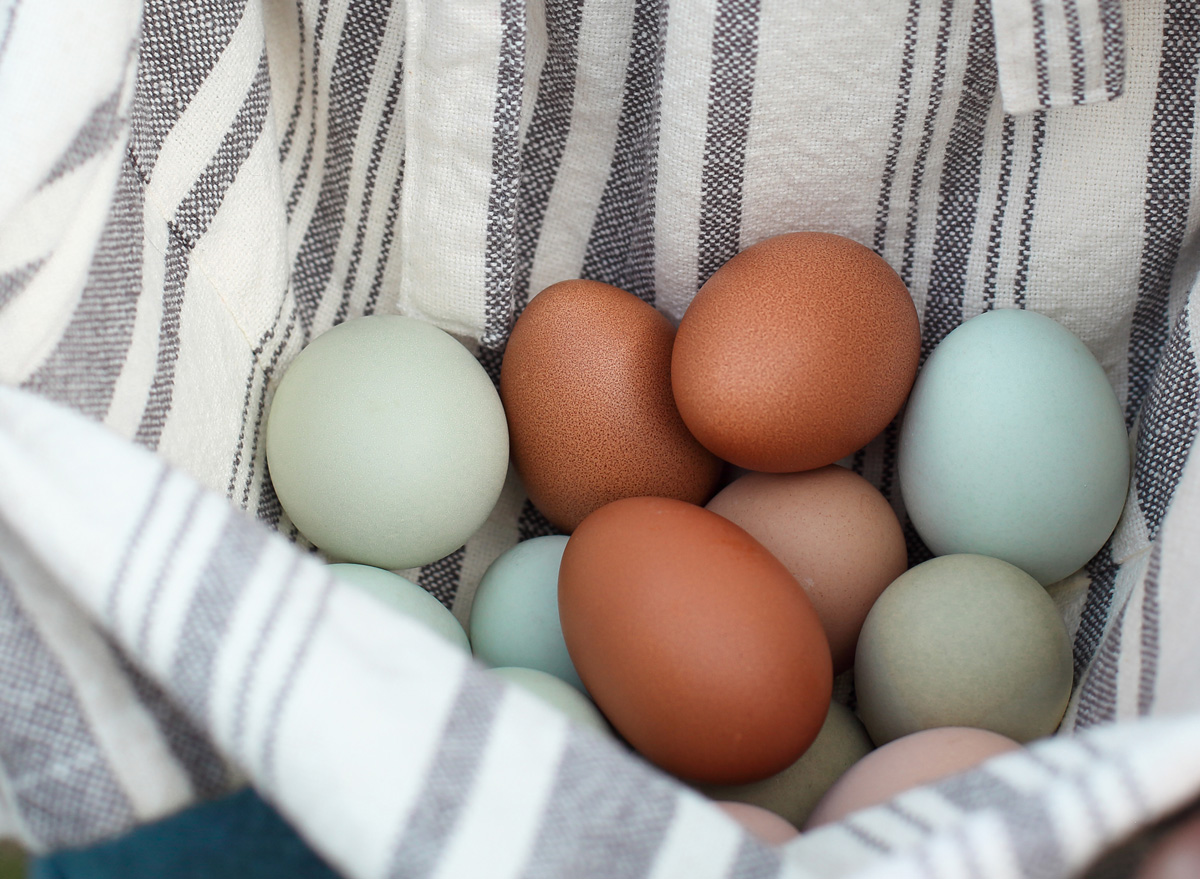
While "pasture-raised" claims sound like the animal lived its entire life grazing on pasture, that may not be what went down. Many cows and chickens raised on pasture can still be given supplemental grain, both during the grazing season and winter months. And despite being plastered on everything from meat products to egg cartons, "pasture-raised" products do not require third-party verification or on-farm inspection, according to Consumer Reports' Greener Choices handbook, an independent, nonprofit organization that put together a list of common label terms and what they mean.
If you want to buy dairy or beef from cows that were 100 percent grass-fed, Consumer Reports suggests you look for a verified "grass fed" claim. As for eggs, you'll have to rely on the information the company gives you. If you see "pasture-raised" paired with "organic" and "certified humane," at least you'll know the hens were treated well.
No Added Sugar

The FDA is now including "added sugar" on nutrition facts labels—a step in the right direction considering the not-so-great side effects of eating too much sugar. According to the FDA, added sugars include "sugars that are added during the processing of foods (such as sucrose or dextrose), foods packaged as sweeteners (such as table sugar), sugars from syrups and honey, and sugars from concentrated fruit or vegetable juices." Naturally occurring sugars (like the ones from milk, fruits and veggies) are not considered added.
When browsing grocery store aisles, be sure to stay away from these popular foods with added sugar.
Non-GMO Project Verified
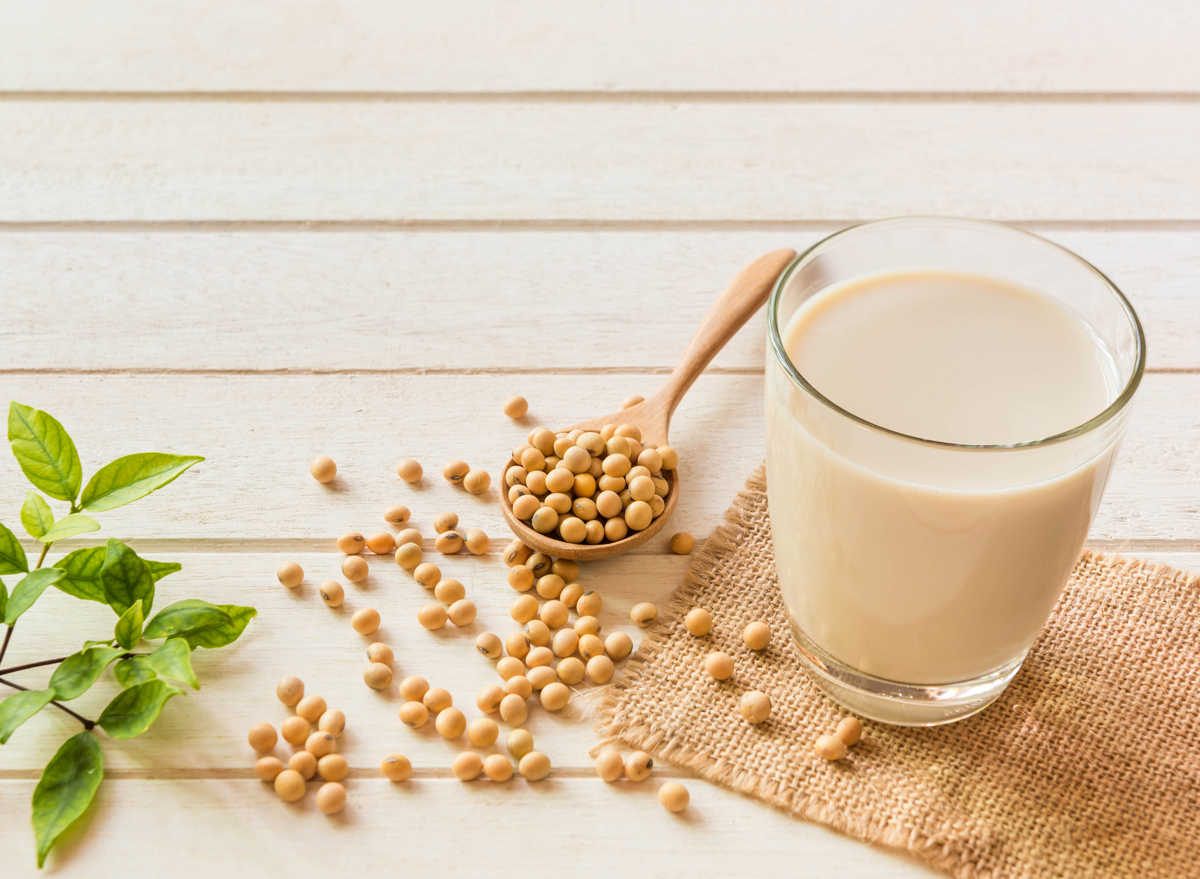
Though you may be familiar with the term GMO (Genetically Modified Organisms), you may still be unclear as to why it matters. Products labeled "Non-GMO" or "GMO-Free" mean that the ingredients used have not been genetically altered or tinkered with in a label. Certain genetically modified crops (like corn and soybeans) are able to withstand carcinogen-containing pesticides. So when farmers spray these pesticides on the crops, they get harvested, turned into foods (like tortilla chips and bread), and those nasty pesticides get passed on to you. Although the term is not government regulated, the non-profit organization The Non-GMO Project does have a strict verification process.
GMOs aren't only found in corn and soy. Check out these 13 crops the Non-GMO Project deems high-risk for GMOs.
Certified Organic
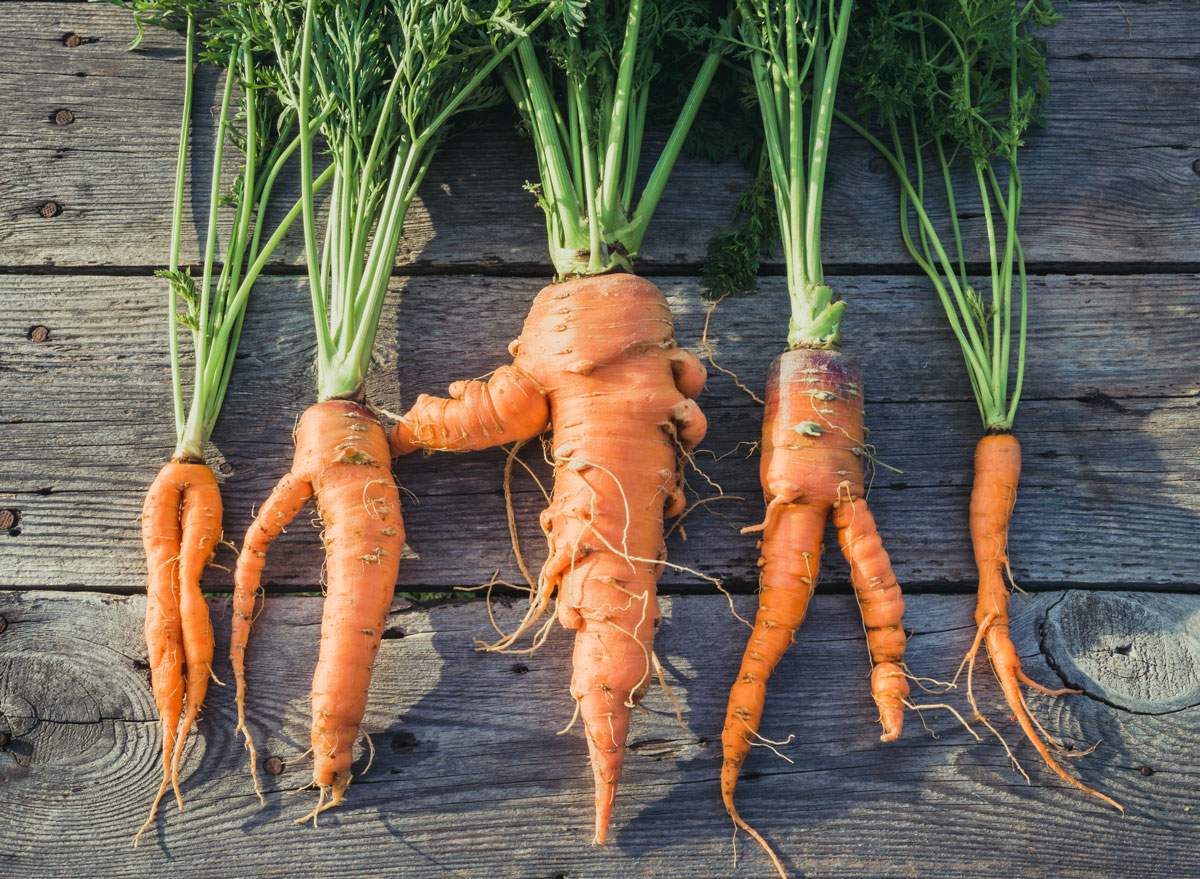
Organic refers to an agricultural growing method that meets stringent standards related to pest and weed management, soil quality, and animal raising practices. In order to be Certified Organic, a product must meet strict guidelines around use of pesticides, synthetic fertilizers, hormones and antibiotics, and more.
Confused about how non-GMO relates to organic? All foods that are 100% USDA Certified Organic are always non-GMO; however, foods that are non-GMO are not always organic. Check out why non-GMO matters here.
Keto
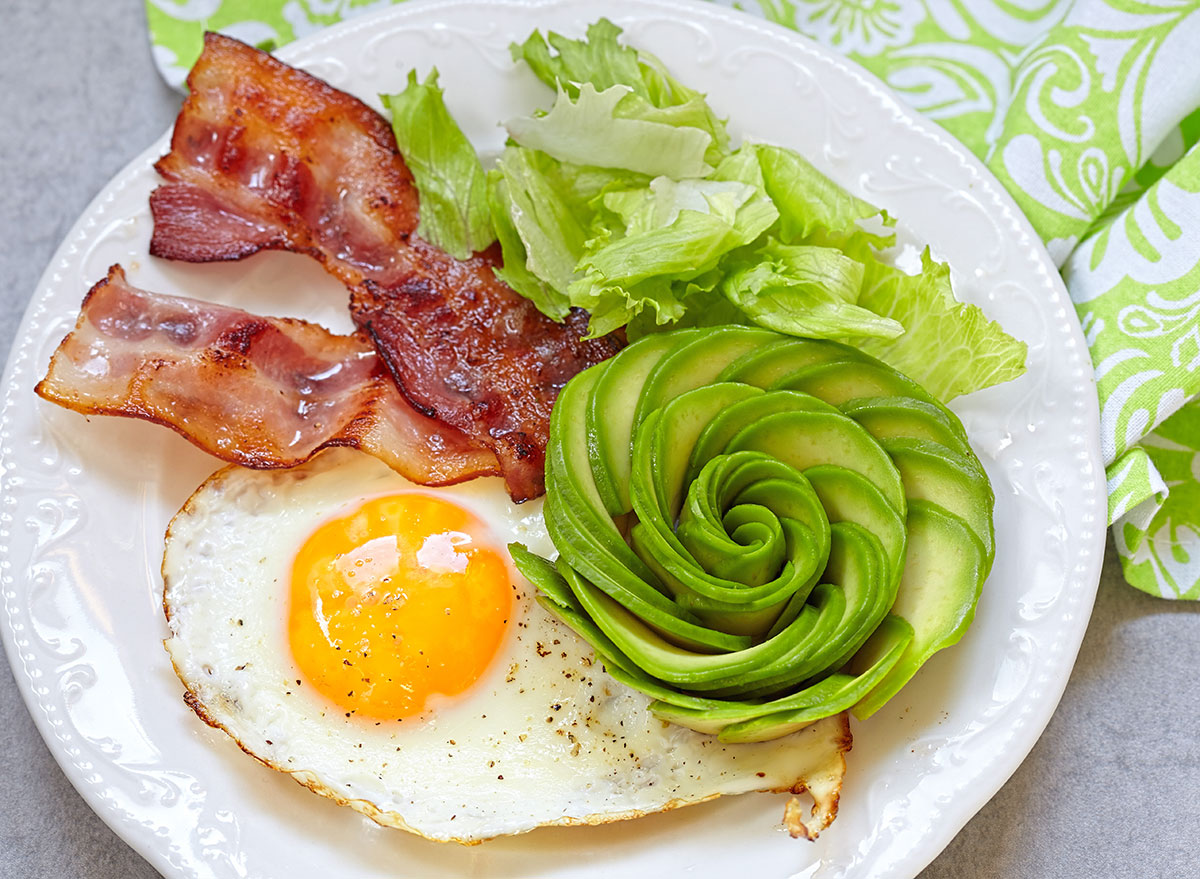
Keto is short for ketogenic diet, which is a low carb—like really low (between 15-30 grams of total carbs a day)—high-fat diet. It's named so because the goal is to put your body in a state of ketosis, where it burns fat for fuel.
According to some recent stats released from Instacart, their marketplace "saw a 72% increase in year-over-year sales of products with 'keto' in their name." If a food is labeled "keto," it's an indicator that it's low in carbs, however, the FDA doesn't regulate low-carb food labeling.
Experts are divided about whether a keto diet is healthy. Because it promotes weight loss, it can be helpful for people who suffer from metabolic diseases, such as Type 2 diabetes, but that doesn't mean it's healthy for everyone. And any extreme or food-restrictive diet should be vetted by a doctor with nutrition acumen.
Locally Sourced
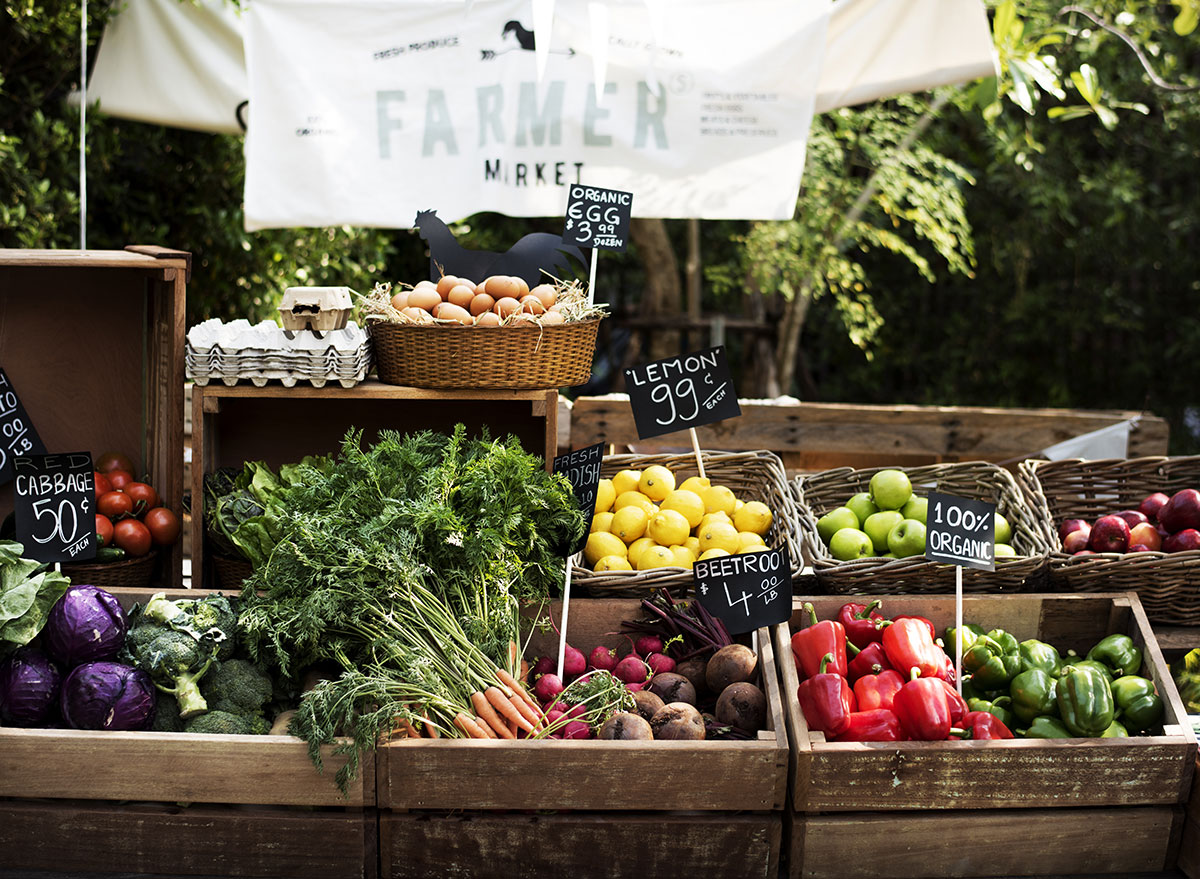
Another term with no official definition, "locally sourced" usually means the food or product was made within a certain geographical distance from where it's sold, but that distance doesn't have clear guidelines.
That being said, buying products that are locally sourced tend to be fresher and more nutritious because they are picked at the peak of ripeness. Also, buying locally sourced foods not only helps local farmers and economies but also reduce greenhouse gas emissions generated from transporting food across the country.
Clean
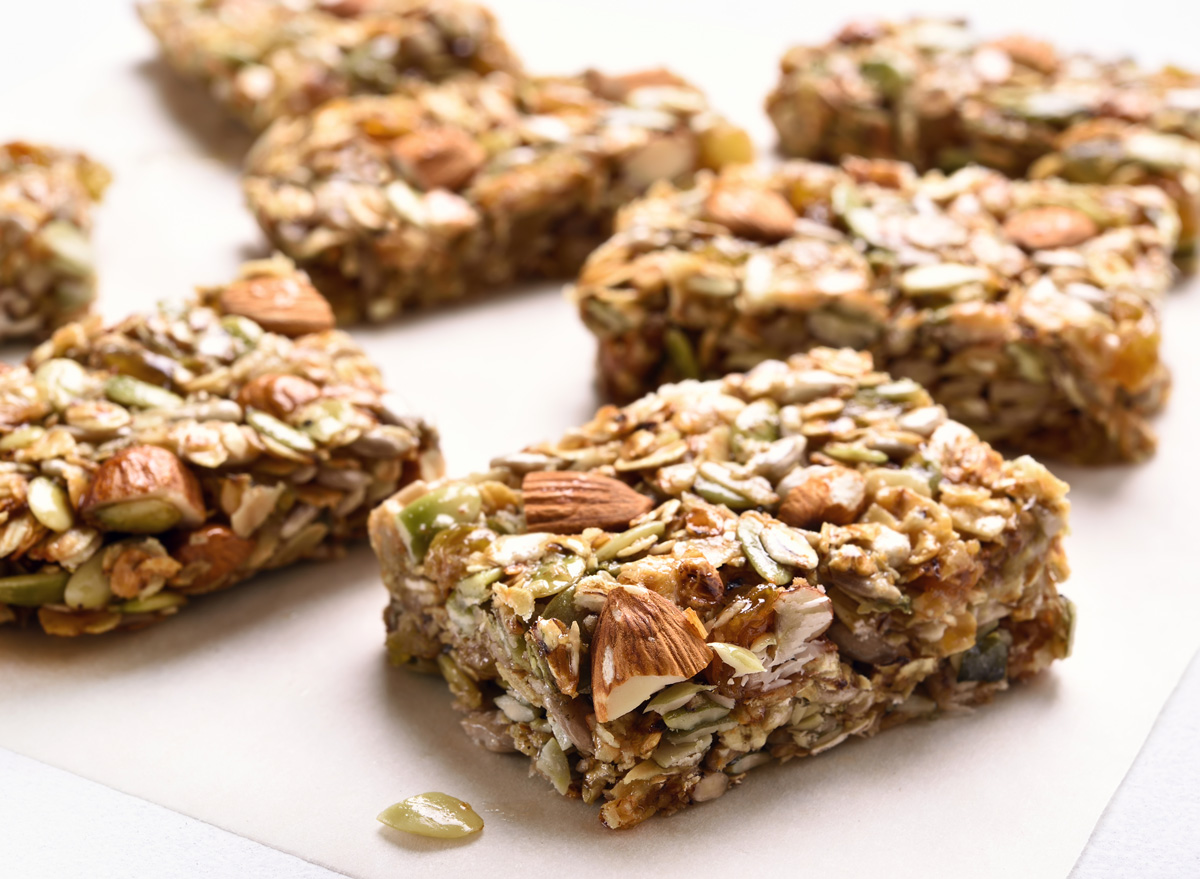
Used for cuisine and beauty products, "clean" is a somewhat nebulous word. It's often used to mean that an item has very few ingredients that are in (or as close to) their natural form as possible (hence, healthier and more eco-friendly). However, the term is not regulated and doesn't have a strict definition, so take it with a grain of salt when you see it.
Certified Transitional
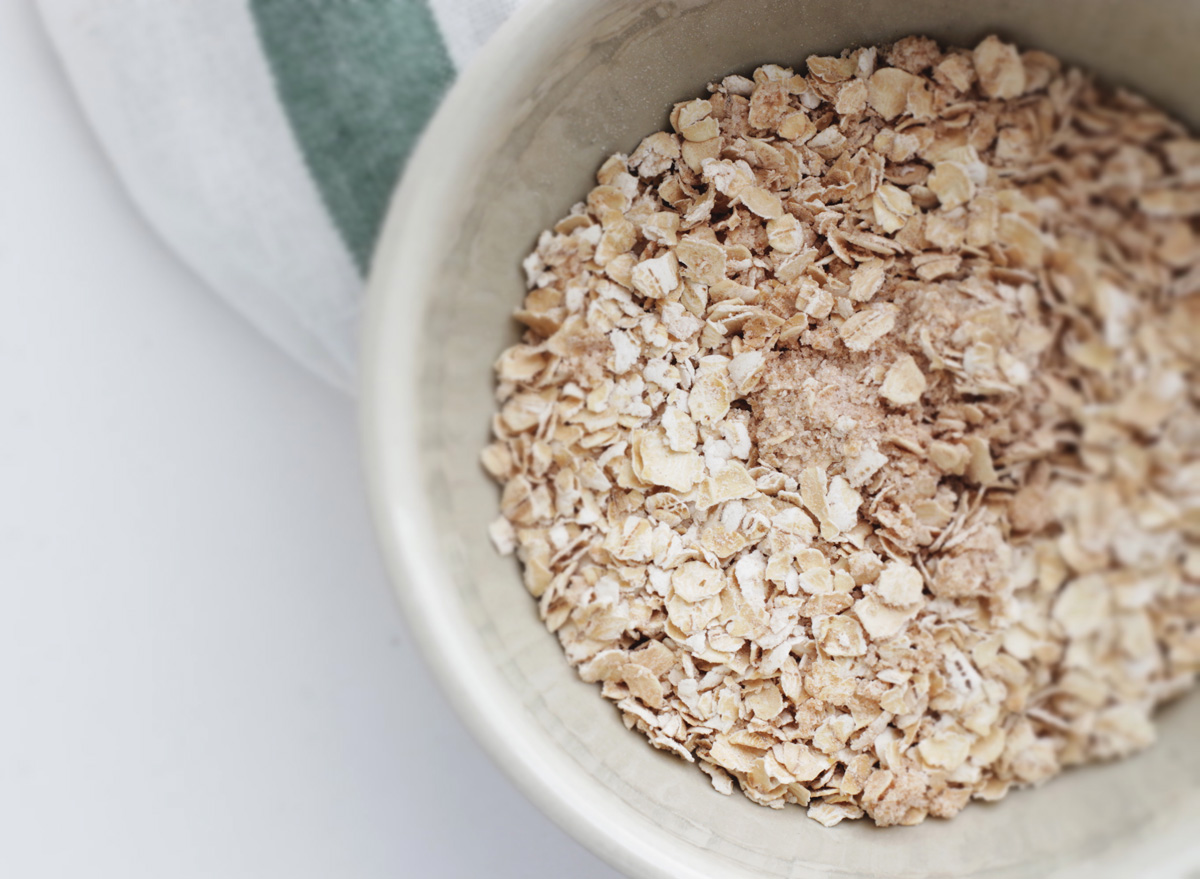
Never heard this one? Not surprising—it's fairly new, but it's an important one to take note of, especially if you prioritize organic produce. Farmers who make the switch to organic have to wait three years for the official USDA Organic Certification to kick in. During this time, farmers invest in the more expensive organic farming tools and protocols, but they aren't able to charge the higher prices for organic crops. So this marker helps support farmers during that transition by telling consumers that the product was grown without pesticides on a farm that's going organic, even if it doesn't have the full certification just yet.
Animal Welfare Approved
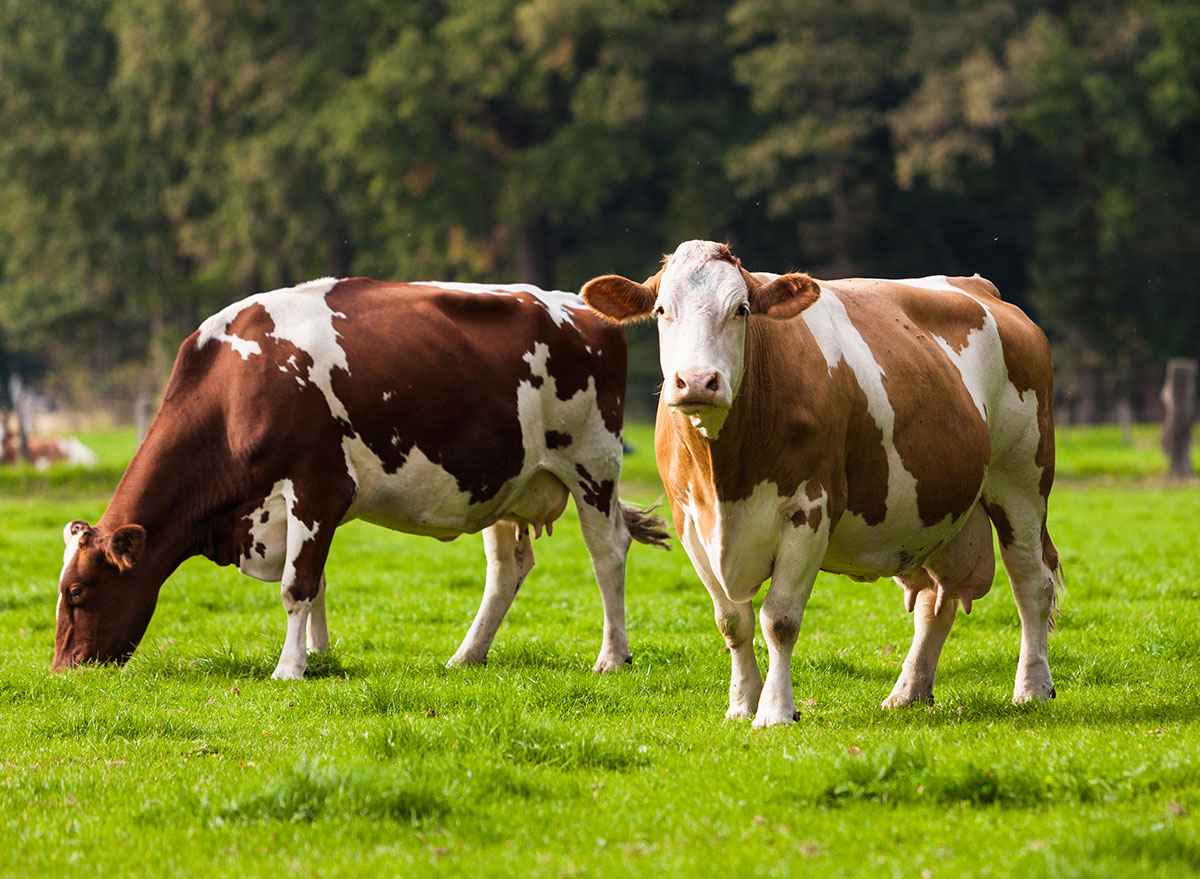
If you're looking for high standards in animal products, "Animal Welfare Approved" is the ultimate seal to look for. Created by a team of researchers, scientists, veterinarians, and farmers, this label reflects the ultimate standards for animal care. According to A Greener World, these animals are "raised outdoors on pasture or range for their entire lives on an independent farm using truly sustainable, high-welfare farming practices."
Regenerative Organic Certification (ROC)

Propelling USDA Certified Organic to a whole other level, this label takes soil health, animal welfare, and social fairness (like equitable wages) into account on top of the regulations that already exist with organic produce.
Heritage

According to this food label breakdown, heritage applies "to breeds of livestock that were bred over time so that they are well-adapted to local environmental conditions, can withstand local diseases, or survive in challenging environmental conditions." Sounds healthy. However, it is not a regulated term."
Natural
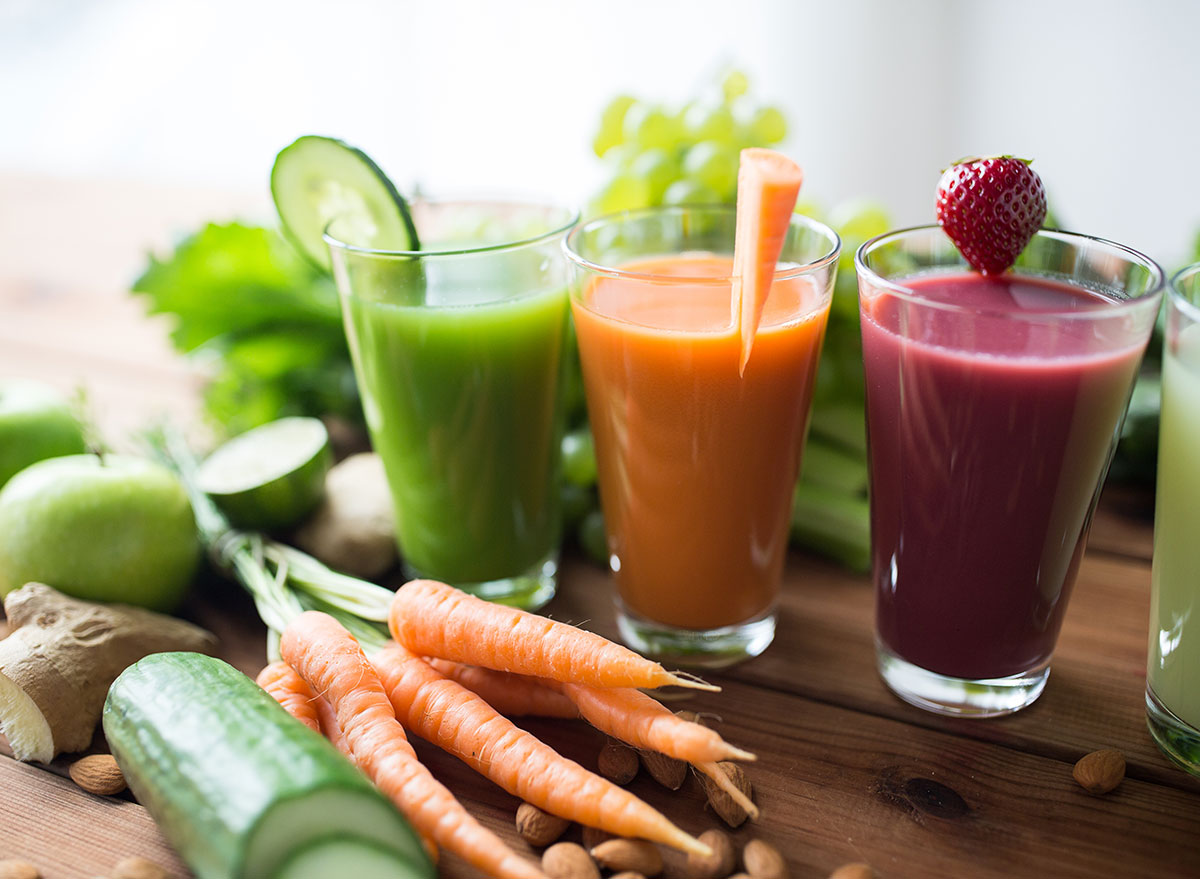
The FDA hasn't formally defined the term "natural," but many consider it as food without artificial flavors, added colors, or synthetic ingredients. That's great, but it's also incredibly easy to side-step. As a consumer you might think a "natural" food sounds healthy and free of processed ingredients, so you're making a great decision. In actuality, it can still contain added sugars and unhealthy ingredients, so beware.
Wheat/Multigrain
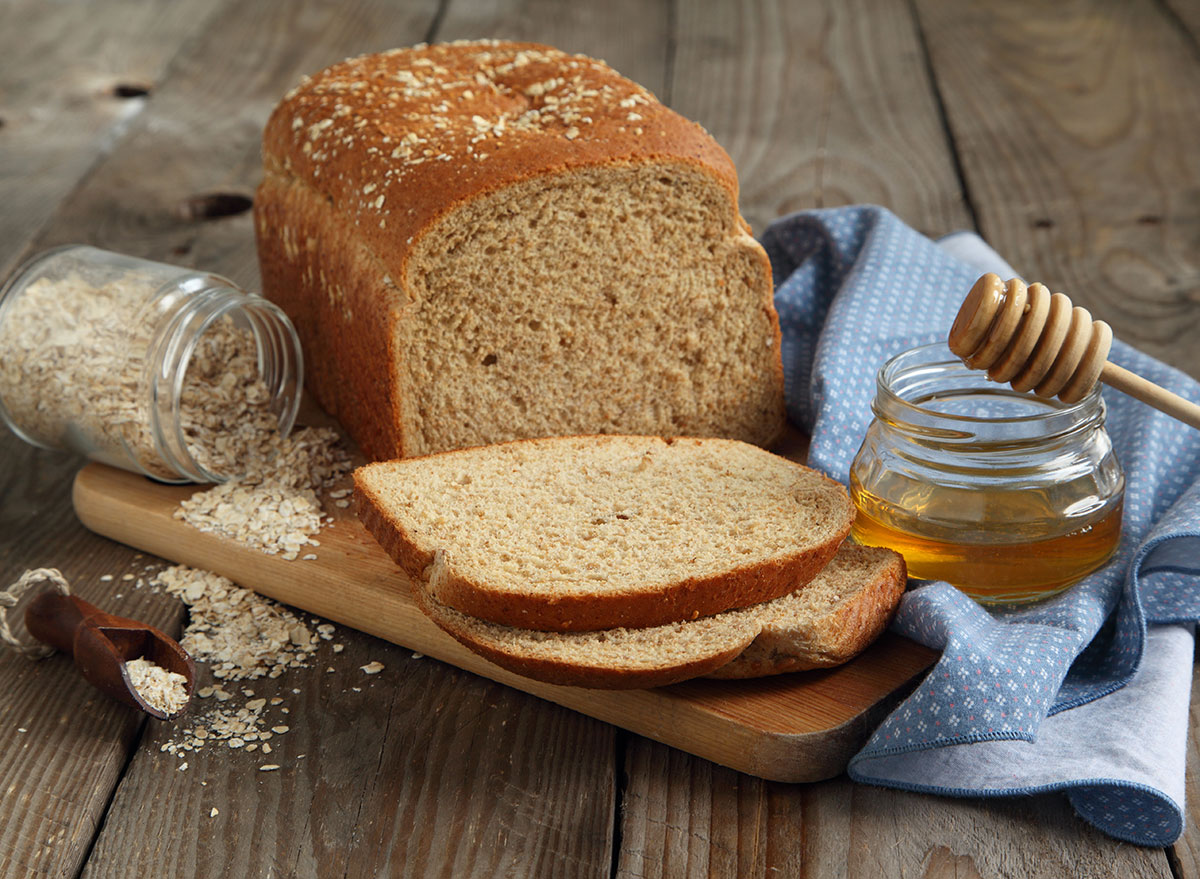
This is one of the trickiest marketing tactics of them all. Unless a product is labeled "whole wheat" or "whole grain," it can still be refined flour, making it as unhealthy as simple sugar. When shopping for breads and grain products, always check the nutrition facts label, and aim to choose whole wheat or whole grain varieties with no added sugars, and as few ingredients as possible.
Looking for healthy bread options? Here's 8 healthy brands recommended by nutritionists.
Enriched

"Enriched" foods sound like they have vitamins or minerals added. That's not wrong, exactly. What the labels won't tell you is that those vitamins and minerals were likely stripped away during processing and then added back in. Furthermore, while healthy foods can be enriched, enriched foods aren't necessarily healthy.
High-Energy

Energy drinks, sports drinks, and fruit-flavored waters are some of the emptiest braggarts about the energy and nutritional benefits of sugar. (Think about how many times you see famous athletes marketing sugar-filled sports drinks.) Manufacturers want the consumer to attribute muscle building, performance, and endurance to these pretty-colored sugar water. Usually, you should just steer clear. Especially when you consider the 12 Dangerous Side Effects of Energy Drinks, According to Science.
